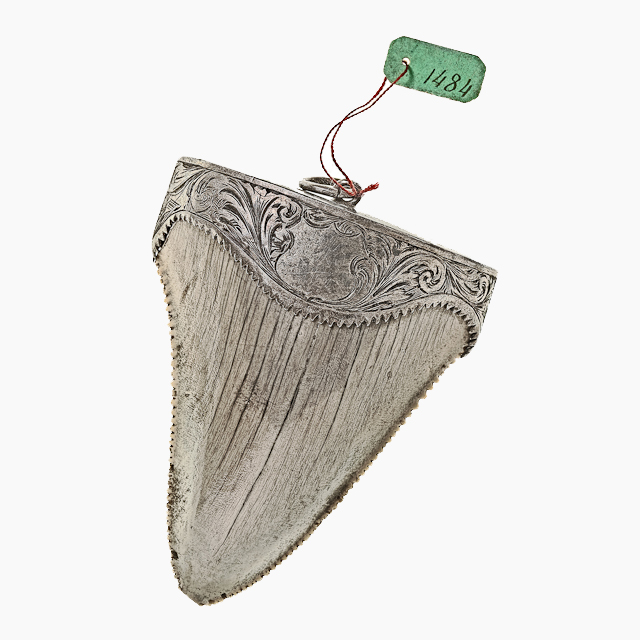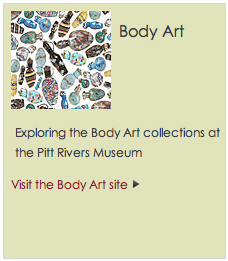Tongue Stone, France

Transferred from the Wellcome Institute in 1985; 1985.52.774
When fossilised shark teeth were first discovered embedded in rocks their origin was a mystery. The Roman naturalist and author Pliny the Elder (AD 23–79) speculated that the curious triangular objects were meteorites that rained from the sky during lunar eclipses, while in the Middle Ages people believed that they were the tongues of serpents that had been turned to stone by Saint Paul. According to this story, Saint Paul was shipwrecked on Malta and bitten by an adder. He shook the snake off and cast a curse on all the snakes on the island, turning their forked tongues to stone. As a result, the triangular objects came to be called glossopetrae, or 'tongue stones'.
Tongue stones were widely believed to have medicinal properties, and were highly valued objects. The finest were thought to come from Malta, and they were exported from the island in large quantities. Tongue stones were thought to act as an antidote to snakebites and poisons if touched to a bite or dipped in a poisoned drink. They might be mounted in silver and worn as pendants like this one, carried, or sewn into pockets. They were also powdered and sold as remedies for plagues, fevers, poxes, labour pains, epilepsy, and even bad breath.
In 1666 Italian fishermen caught a great white shark off the Tuscan coast. The shark’s head was transported to Florence and dissected by the Danish scientist Nicolas Steno (1638–1686). Steno saw that the shark’s teeth looked remarkably like the glossopetrae found in rocks, and he began to construct a new theory of their origin. By showing that glossopetrae were actually fossils from a previous geological era, Steno pioneered a new science of the earth’s history, which until that point had been based on the Bible.
Despite Steno’s discovery, glossopetrae continued to be used as amulets in Europe until the early 20th century. In parts of rural Britain they became known as cramp stones, and were carried to ward off cramp, rheumatism and toothache.






